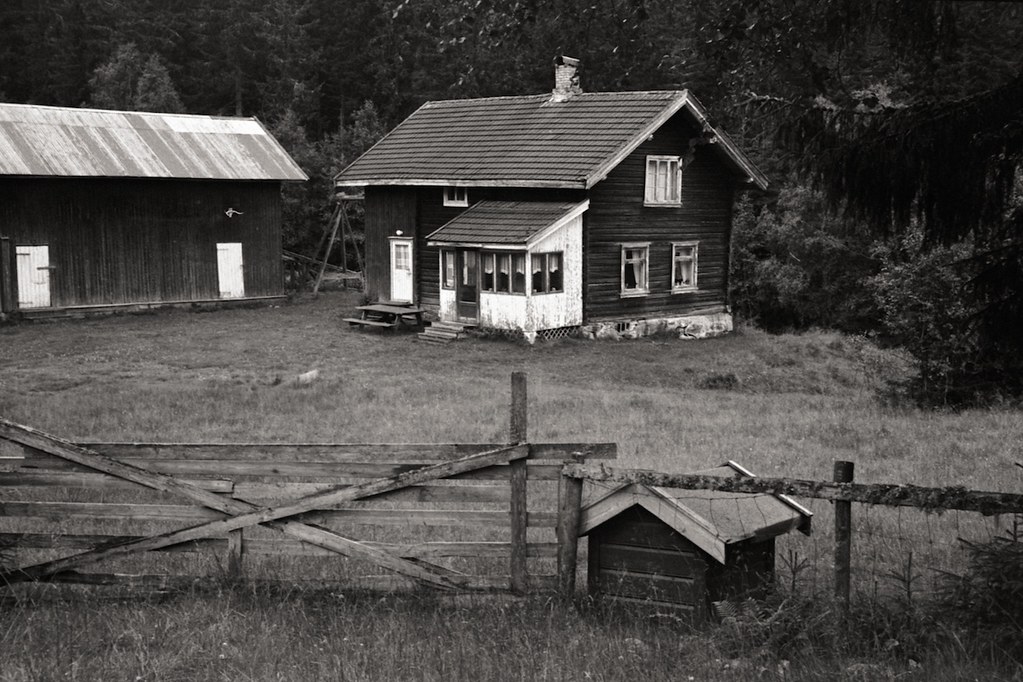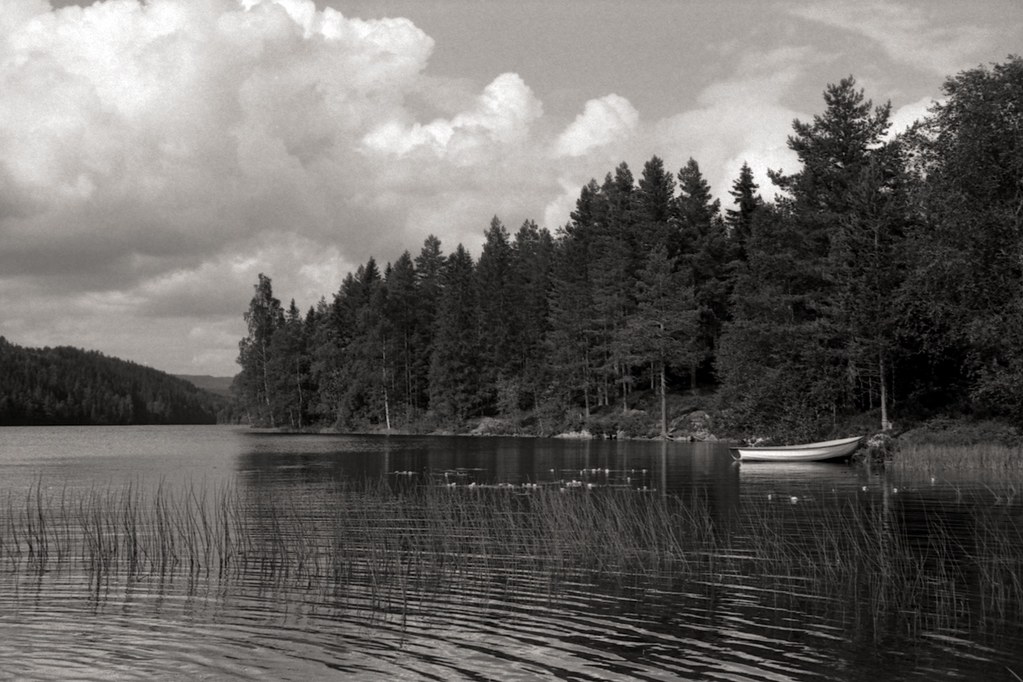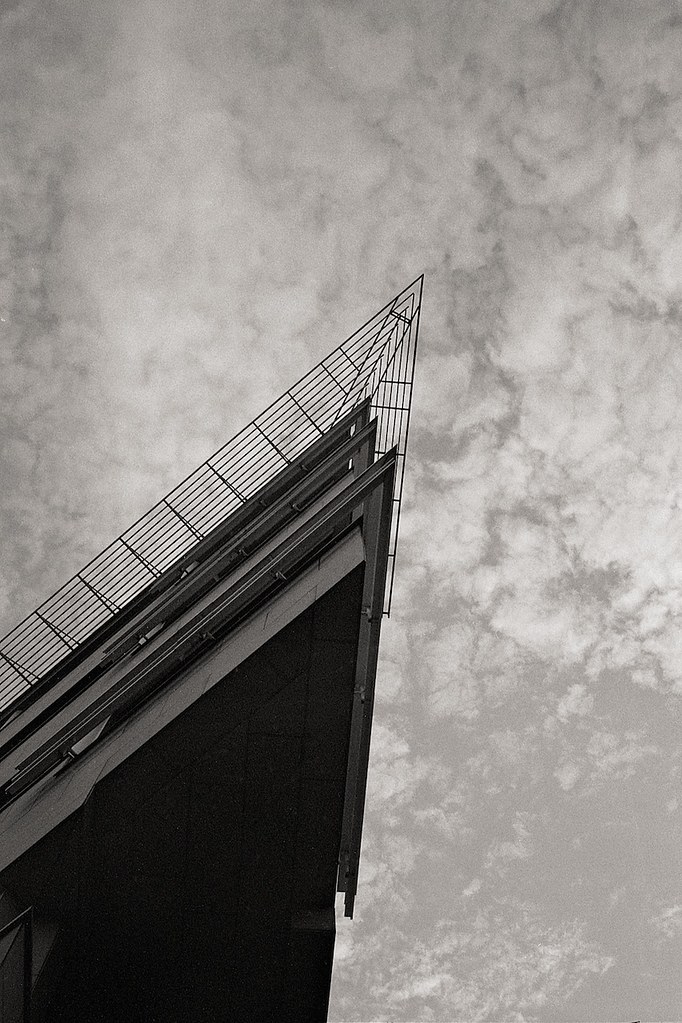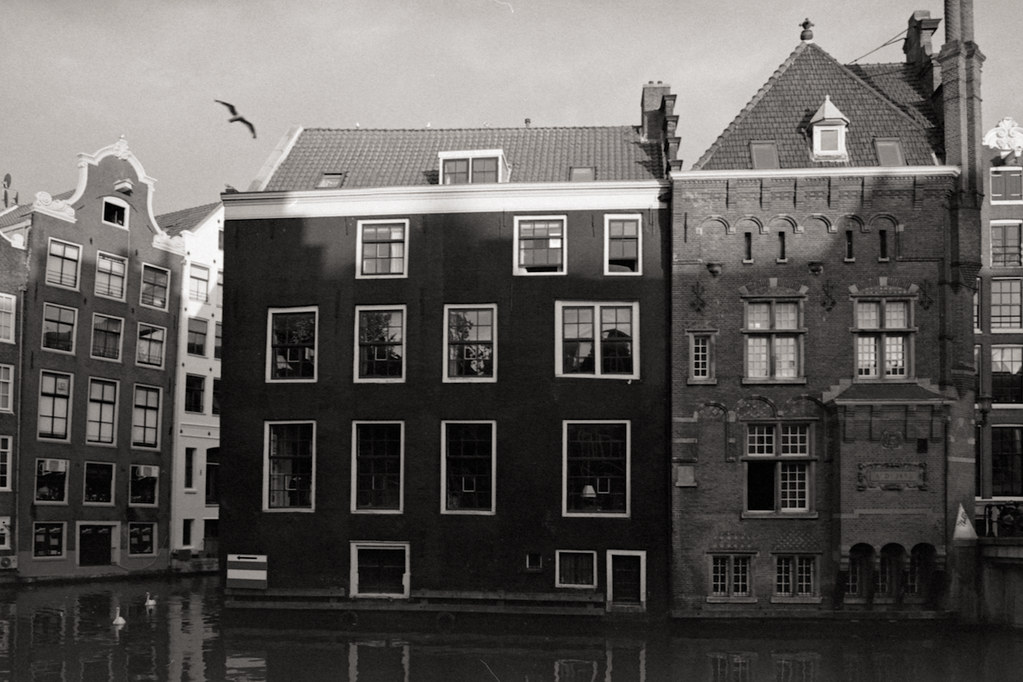Ezzie
E. D. Russell Roberts
I may have found the ASA 400 film for use in Caffenol. Delta 400 proved to be very smooth and fine grained when stand developed in low pH Caffenol. It shone especially when conditions were contrasty.
Pushed one stop. My estimate is that this works fine for contrasty conditions, but for grey and hazy conditions it should be exposed at box speed.
C-C-L mixed accordingly:
16g/l Sodium carbonate
10g/l Ascorbic acid
40g/l Instant coffee
1.25g/l Potassium Bromide
5 minute tempered presoak. Semi stand @20C for 60 minutes. 12 inversions initially, 2 inversions at the 1, 2, 4, 8, 16, and 32 minute markers. Let stand for the duration.
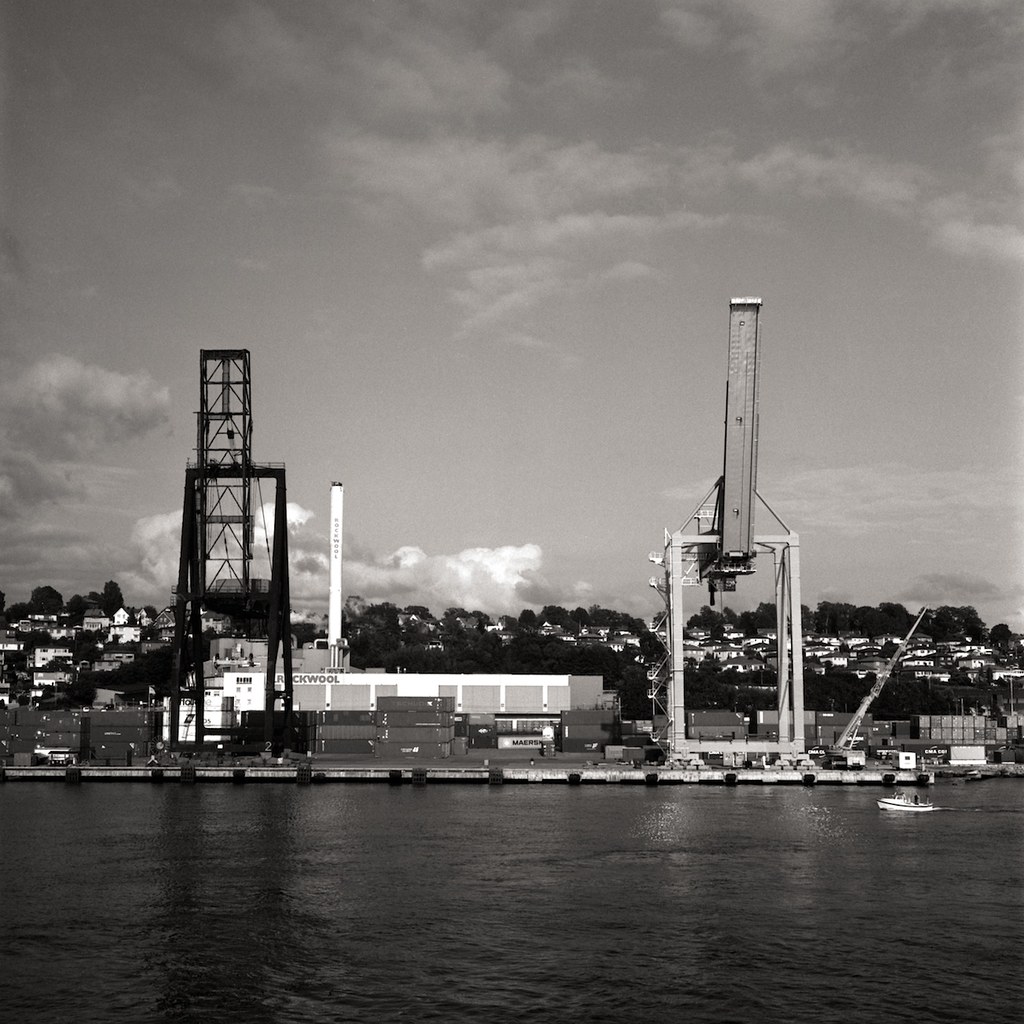
Moss Docks by Eirik0304, on Flickr
Pushed one stop. My estimate is that this works fine for contrasty conditions, but for grey and hazy conditions it should be exposed at box speed.
C-C-L mixed accordingly:
16g/l Sodium carbonate
10g/l Ascorbic acid
40g/l Instant coffee
1.25g/l Potassium Bromide
5 minute tempered presoak. Semi stand @20C for 60 minutes. 12 inversions initially, 2 inversions at the 1, 2, 4, 8, 16, and 32 minute markers. Let stand for the duration.

Moss Docks by Eirik0304, on Flickr







